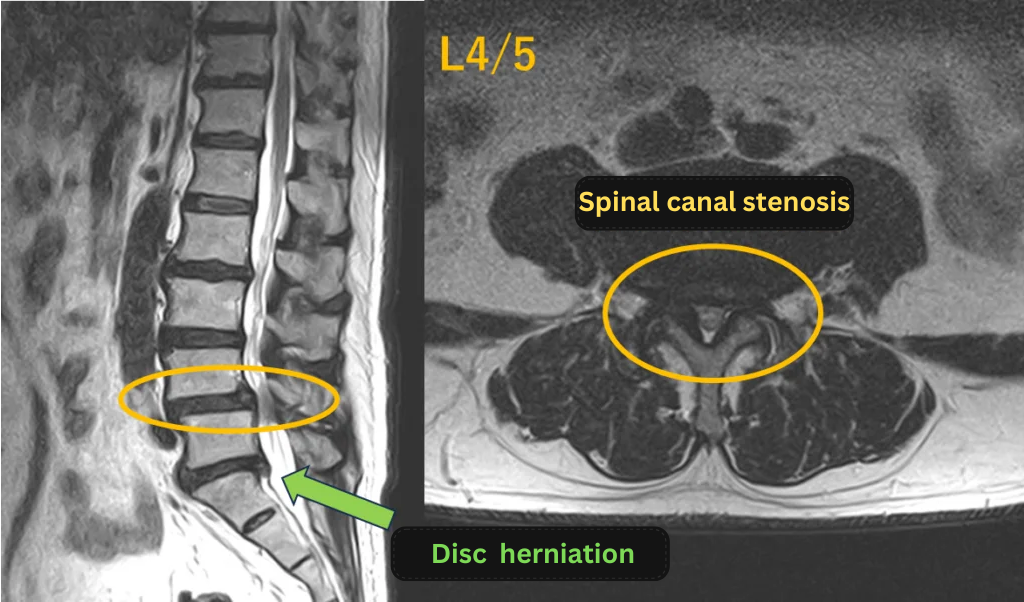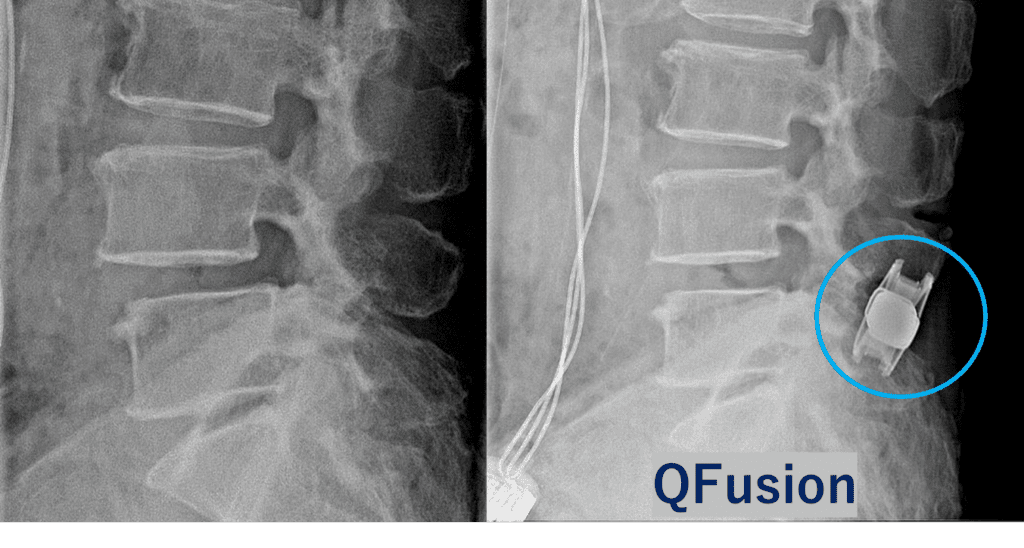Column Treatment Case Report No. 71 (Q-Florence Method)| ILC International Lumbago Clinic (Osaka) Column
October 12, 2024
The patient:
A male patient in his 70s
Name of the patient’s primary medical conditions
L4/5 Spinal canal stenosis
Intermittent claudication: None
The patient’s medical history to date
He has been playing golf once a week since he was 18. He has had back pain from fatigue every time, but for the past year or two, he has been experiencing pain in his left hip.
When he visited an orthopedic clinic, he was diagnosed with spondylolisthesis and was recommended to have fusion surgery.
He came to our hospital for a comparison with alternative treatment methods.
Symptoms before treatment
He was able to sit for long periods of time. He experienced pain after standing for long periods of time.
His lower back felt stiff when standing up after sitting for a long time.
He had to bend forward when walking, and had pain above his left buttock.
・Pain levels before treatment
| Lower back | Lower limbs | Numbness | Buttocks | |
|---|---|---|---|---|
| Pain level | 7 | 3 | 7 | 0 |
No pain at all is rated as 0, and the maximum possible pain is rated as 10.
Main areas of pain: Buttocks

Forward bending: possible
backward bending: slight pain on the left side
pressure point: slight discomfort on the left L3/4 and L4/5
Lasegue test: Negative
Coughing and sneezing: Effect unknown
Imaging and findings

- L2/3, 3/4 – Disc degeneration, protrusion
- L4/5 – Spinal canal stenosis, slight narrowing of the right intervertebral foramen
- L5/s – Disc herniation
- L4 – Anterolisthesis
The above findings were also observed on the imaging.
・There is a very high possibility that the pain and main symptoms are caused by spinal canal stenosis, disc protrusion, or herniation, which are compressing the spinal canal.
Treatment
After consulting with the patient, the Q-Florence Method was performed between the spinous processes of L4/5.
Following this, the Cellgel Method was performed on L2/3, 3/4, and 5/s.

After the Q-Florence Method was performed, the Cellgel Method was performed in succession.

The treatment took about 90 minutes (anesthesia: 20 minutes + treatment: 70 minutes)
After taking a rest in the recovery room, since the patient was able to sit, stand, and walk without any problems, he walked home on his own.
Our clinic’s treatment method
Additional information about the Q-Florence method we have just presented above.
Cost of the Q Florence method: 1,600,000 yen/one site (including tax) to 2,300,000 yen/two sites (including tax)
Cost for this patient’s case: Q Florence method 1 site = 1,600,000 yen (including tax)
Risks and side effects of the Q-Florence method: Although there are no reports of such cases in our own experience or in the literature, there is a possibility of damage to nerves, dura mater, and other surrounding tissues due to insertion of the spacer. There is a very small possibility of allergic reaction to the local anesthetic. There is a possibility of dislocation or fracture of the spinous process. Temporary urinary problems and allergic reactions may also occur.
For more detailed information, please refer to the following links:
Blog page with an easy-to-understand explanation of the Cellgel Method
Our clinic’s page on the Cellgel Method
Blog article explaining the Q-Florence method in an easy-to-understand manner (in Japanese)
Our clinic’s page about the Q-Florence Method (in Japanese)
This article was written by the Administrative Director of the Clinic



